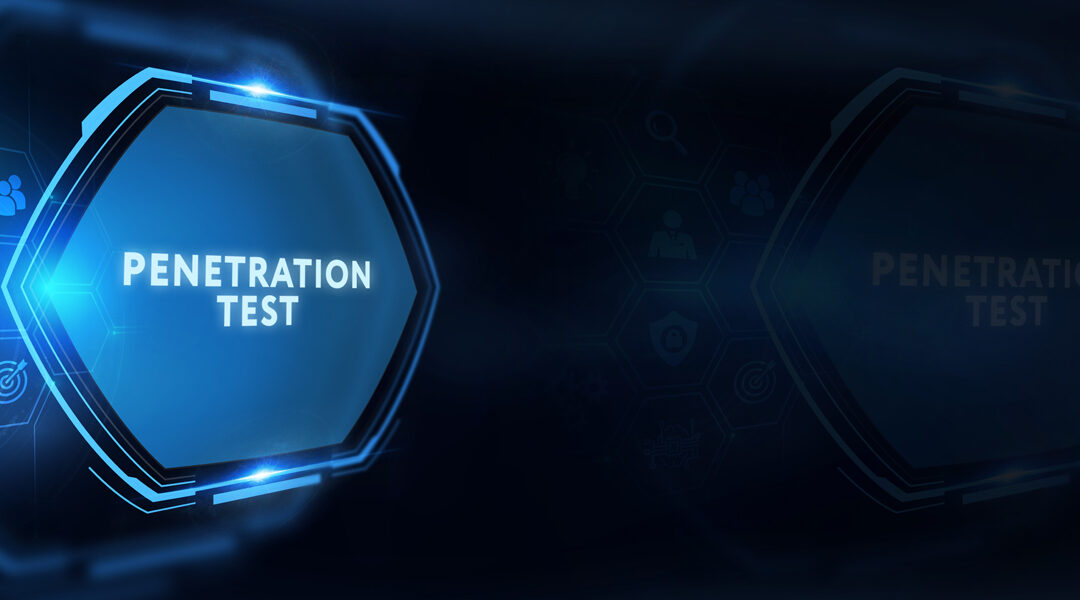Vulnerability scanning and penetration testing are two fundamental methods used in cyber security to assess and mitigate potential risks in computer systems and networks. Vulnerability scanning involves the use of automated tools to identify known security weaknesses and misconfigurations in a non-intrusive manner, providing a list of potential vulnerabilities for further investigation. On the other hand, penetration testing, conducted by skilled cybersecurity professionals, actively attempts to exploit identified vulnerabilities to simulate real-world attacks, demonstrating the system’s resilience and potential impact of successful intrusions.
While vulnerability scanning aids in routine checks, penetration testing offers a more comprehensive and hands-on assessment of the system’s security posture. Together, they form an essential part of a robust cybersecurity strategy, helping organisations stay vigilant against potential threats and safeguard their digital assets.
[dvmd_table_maker tbl_top_left_mode=”on” tbl_top_left_style=”rhead” tbl_image_ids=”987495801,987495802″ tbl_image_quality=”medium_large” tbl_hover_active=”horz” tbl_hover_effect=”color” tbl_hover_color=”rgba(255,167,39,0.26)” tbl_hover_apply=”on|off|on|off|on” tbl_tcell_cell_align_horz=”left” tbl_tcell_cell_align_vert=”center” tbl_chead_cell_color=”gcid-5130d2b1-fb95-4104-a049-ef34e3f85257″ tbl_chead_cell_align_horz=”center” tbl_chead_cell_align_vert=”center” _builder_version=”4.22.1″ _module_preset=”default” tbl_chead_text_font=”|600|||||||” border_radii_tbl_tcell_cell_border=”on|6px|6px|6px|6px” global_colors_info=”{%22gcid-5130d2b1-fb95-4104-a049-ef34e3f85257%22:%91%22tbl_chead_cell_color%22%93}”][dvmd_table_maker_item col_content=” |
Nature
Goal
Human Involvement
Depth
Scope
Time
False Positives
Skill Requirement
Reporting
Frequency
Cost” col_column_max_width=”0.7fr” col_rhead_cell_color=”#15314e” _builder_version=”4.22.1″ _module_preset=”default” global_colors_info=”{}”][/dvmd_table_maker_item][dvmd_table_maker_item col_content=”Penetration Testing
Simulates real-world attacks by ethical hackers attempting to exploit vulnerabilities.
Assess the security posture comprehensively and discover unknown vulnerabilities.
Involves skilled security professionals who use manual techniques to find and exploit vulnerabilities.
In-depth assessment goes beyond identifying vulnerabilities to understand their impact and exploitability.
Can cover a wide range of systems, applications, and network components.
Time-consuming due to manual testing and comprehensive analysis.
Can provide fewer false positives due to manual validation and contextual understanding.
Requires skilled penetration testers with expertise in ethical hacking and security concepts.
Detailed reports with proof of exploitation, impact analysis, and remediation recommendations.
Conducted periodically, such as annually or after major changes.
Generally more expensive due to the need for skilled testers and time investment.” _builder_version=”4.22.1″ _module_preset=”default” global_colors_info=”{}”][/dvmd_table_maker_item][dvmd_table_maker_item col_content=”Vulnerability Scanning
An automated process that identifies and lists vulnerabilities in a system or network.
Identify known vulnerabilities quickly and efficiently.
Primarily automated, with minimal human intervention during scanning.
Focuses on known vulnerabilities without attempting to exploit them.
Usually targeted at specific systems, applications, or network ranges.
Faster as it relies on automated scans and predefined vulnerability databases.
More prone to false positives, as automated scans might not consider all contextual factors.
Requires less technical expertise
Provides a list of vulnerabilities with varying levels of detail and recommended actions.
Can be performed frequently, even daily, due to its automated nature.
Relatively cost-effective, especially for ongoing monitoring and routine checks.” _builder_version=”4.22.1″ _module_preset=”default” global_colors_info=”{}”][/dvmd_table_maker_item][/dvmd_table_maker]

